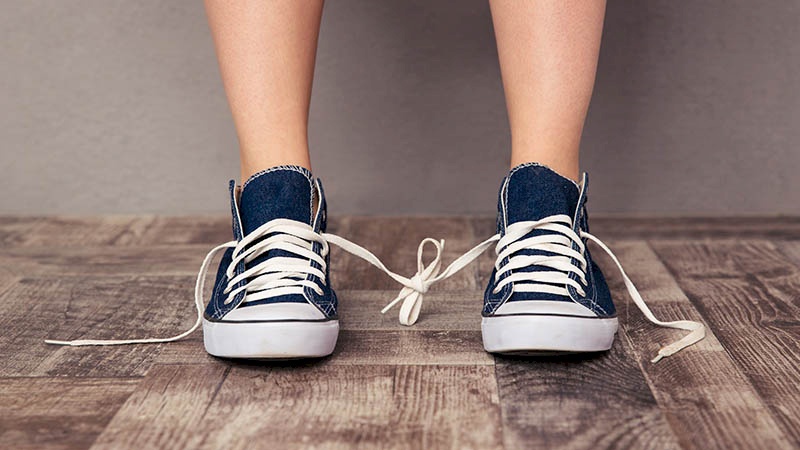
Here is a simple guide to choosing the right shoe to avoid serious health issues
SadaNews - Choosing the wrong shoes can lead to discomfort. However, size alone is not the most important factor; the shape of the shoe can also affect how you walk or stand. These are factors that can gradually cause foot pain and problems in the knees and/or back. According to a report published by the "Times of India", selecting the right shoes can help reduce potential health issues.
Injuries and Deformities
Inappropriate shoes can cause injuries and deformities such as bunions, fractures, sprains, hammer toes, and claw toes. When the feet are not healthy, the whole body is affected. Conversely, choosing the right shoe shape means better posture and less pain. The good news is that selecting the right shoes is not difficult. Here is a simple guide to check if the shoe shape is suitable:
• Shoe Toe Box
A recent study on running shoes with elevated toe boxes showed that adjusting the shoe's toe box design helps prevent toe injuries. Research indicates that a narrow toe box increases pressure on the forefoot and can lead to chronic foot pain. Tight shoes increase the risk of temporomandibular joint disorder and hammer toes; on the other hand, a rounded toe box can prevent these risks. What you should look for is shoes that provide enough space for toe movement and allow them to naturally splay.
Heel Height
Studies have linked high heels to increased curvature of the lumbar spine, a type of spinal curvature, and decreased postural stability. High heels can lead to pelvic tilt and strain on the lower back.
Also, completely flat shoes are not the right choice, as they can cause severe strain on the Achilles tendon. The appropriate shoe to look for is one with a low to medium heel height and a stable base.
Cushioning and Sole Stability
Cushioning refers to the materials used in the shoe's midsole. The midsole is designed to absorb shocks during activities such as running or walking. Research indicates that the type, density, and structure of midsole materials affect shock absorption. The choice of appropriate cushioning depends on the type of physical activity a person plans to engage in. For runners, shoes with dense cushioning can reduce impact force, lowering the risk of injury. For walkers, moderate cushioning shoes can provide comfort without compromising stability.
Fit and Flexibility
Flexibility simply refers to how easily the shoe bends. This bending allows for natural foot movement during activities, especially at the forefoot. Research, particularly for runners, shows that flexible shoes allow for a greater range of motion, enhancing efficiency. When selecting shoes, it is essential to consider both fit and flexibility. The shoe should hug the midfoot and heel without squeezing them.
Essential Criteria
To choose the right shoe, the toe box area, heel height, cushioning, sole stability, fit, and flexibility are important factors for maintaining proper foot posture, reducing pain, and preventing injuries. By paying attention to these factors and selecting appropriate shoes for activities and foot shape, comfort can be enhanced and long-term health issues can be prevented.

Apple and Google Send Notifications About Cyber Threats to Users in Over 150 Countries

Brain Chip Enables Patients to Move Robotic Limbs with Just Thought

OpenAI Founder Aiming to Establish Rocket Company to Compete with Musk in Space

Used by Cleopatra to Brighten Her Eye Whites... What Are the Health Benefits of Castor Oil...

Marketed for recovery from injuries and muscle building... What are the side effects of pe...

From Black to White... 8 Types of Tea That Help with Weight Loss and Fat Burning

New Test Reveals Bladder Cancer with High Accuracy

